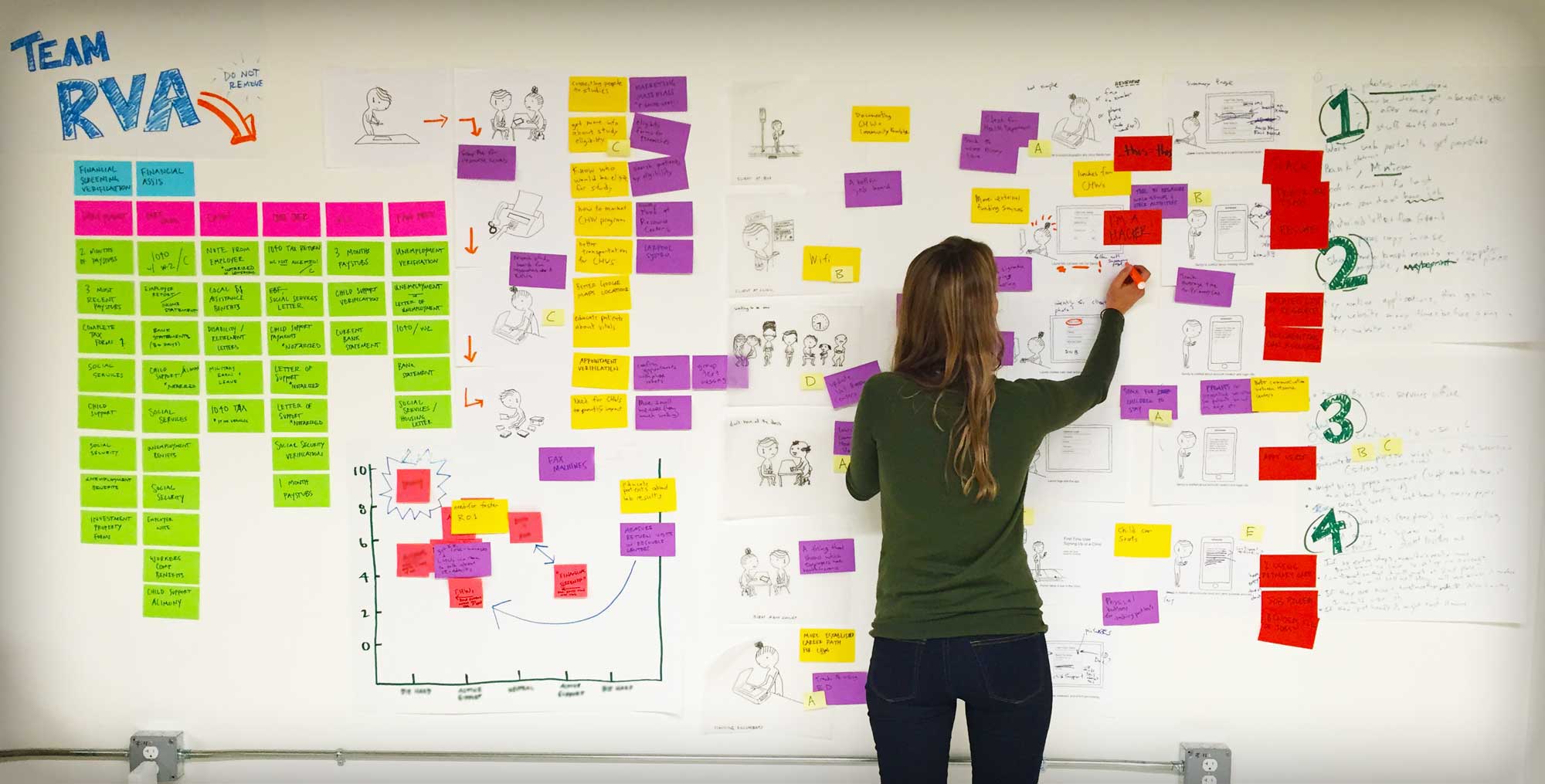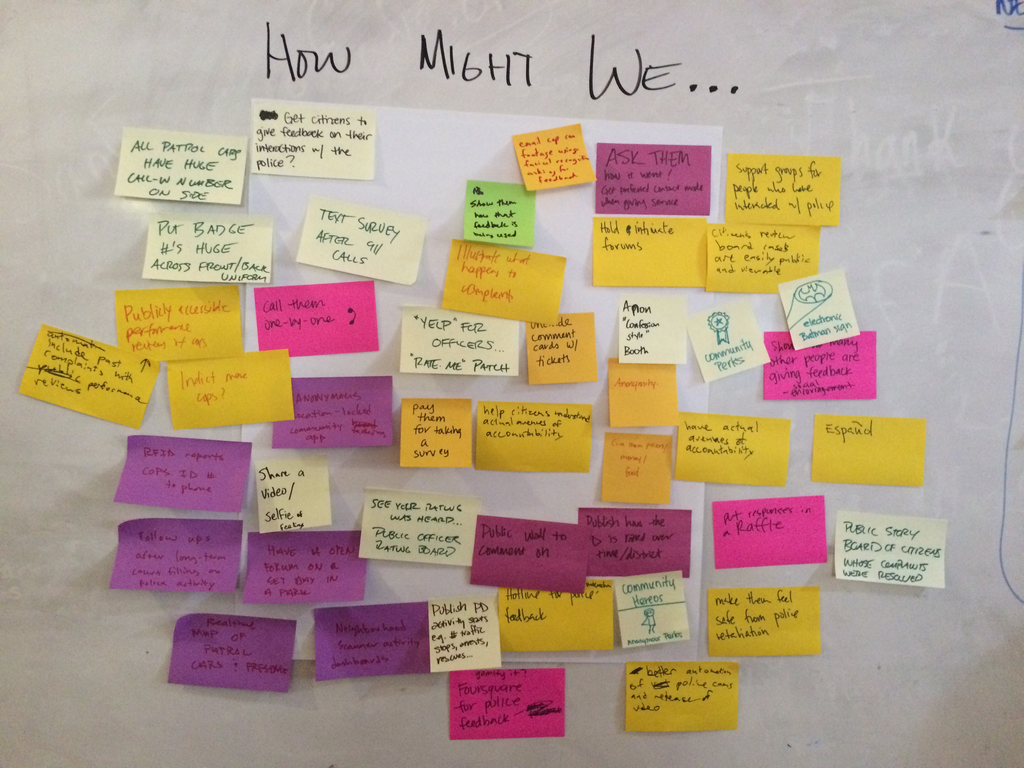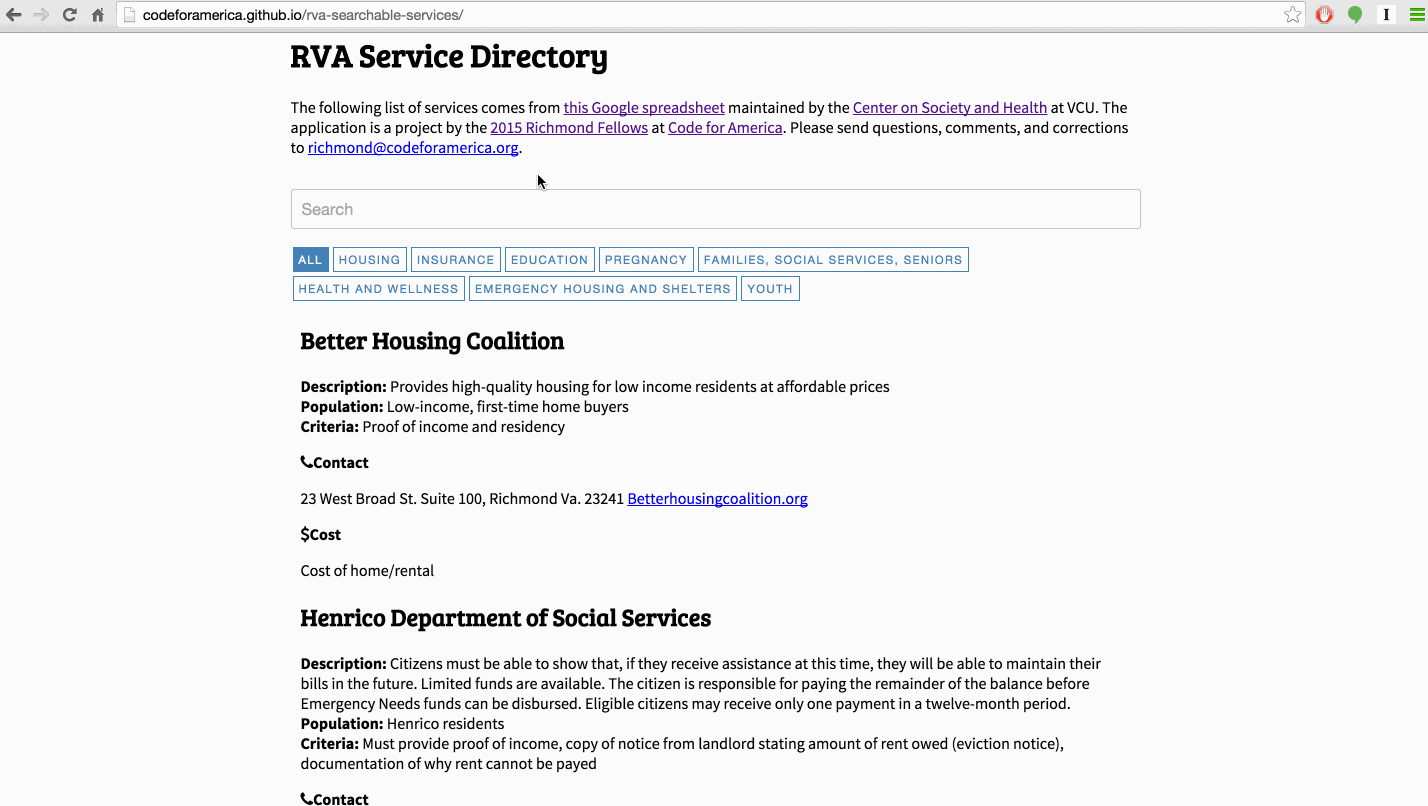


This is what March looked like. We didn’t travel to Richmond last month, but wanted to post a quick update on our project nonetheless. Code for America’s process has much in common with the US Digital Services playbook, and right now, our team is focused on the first two steps:
One area we’re really interested in is financial eligibility screening. Most safety-net services in Richmond have an income limit, usually a percentage of the Federal Poverty Guideline. In order to receive free or discounted care, patients need to show documents that prove that their income is below the limit. This could mean pay stubs, tax returns, child support court orders, food stamp letters, or any of several dozen other possibilities. Finding all the necessary information is difficult, and the requirements are sometimes unclear. This process is one of the major reasons it can take weeks or months to get a first appointment with a provider and the ER is a better option for many. We think faster, easier financial screening could mean more patients in primary care and fewer in the ER.
We spend a lot of time sketching user pathways that represent each step a person might take through this process. Ben draws adorable cartoons that show, for example, a patient applying for the VCC program or a Daily Planet staff member referring a patient to Access Now. This shows us exactly where our understanding of existing workflows is fuzzy and helps us get specific about what we could build.

This sketch of a patient gathering income verification documents before a financial screening appointment brought up a few questions. How does the patient know what documents to bring in? Did she call the office, stop by in person, look online, get advice from a friend, or guess based on her past experiences? Which is most common? As our research focus narrows, we’re continually calling people in Richmond to flesh out our user stories and test hypotheses. For example, would clinics be willing to accept cell phone photos of pay stubs instead of physical pay stubs to prove income?

We spent much of March discussing our research and brainstorming with the other fellows and Code for America’s full-time staff, particularly the health focus team. Their depth and breadth of experience is incredibly helpful. Here, we used Ideo’s How Might We technique to brainstorm with Team Vallejo, which is focusing on public safety.
Health Leads trains college students to refer clinic patients to other services, like food pantries or heating help. Healthify makes software that social workers and community health workers use to track referrals to community resources. SeamlessDocs turns PDF forms into nice web forms. We don’t want to reinvent the wheel, so we’ve been talking to organizations like these to learn about the approaches they’ve taken. It’s easy to react with frustration when you think you have a great idea and realize someone’s already built it, but we consider it confirmation that we’re working on real problems.
 Version 0.1 of a searchable list of resources at codeforamerica.github.io/rva-searchable-services/
Version 0.1 of a searchable list of resources at codeforamerica.github.io/rva-searchable-services/A key part of Code for America’s approach is building rough prototypes quickly so that we can show them to users and get feedback as soon as possible. You can check out one experiment here. We built it because so many people told us that it’s hard to find an up-to-date and complete list of all the resources available in Richmond. The Center on Society and Health at VCU maintains a list in a Google spreadsheet, but that’s not very user-friendly, so we made a nicer interface for it. The data pulls from the Google spreadsheet automatically, so there’s no need to enter information into a new system.
We’re planning to return to Richmond roughly once a month. Ben and Emma were in town last week, and two of us will fly back sometime mid-May.
